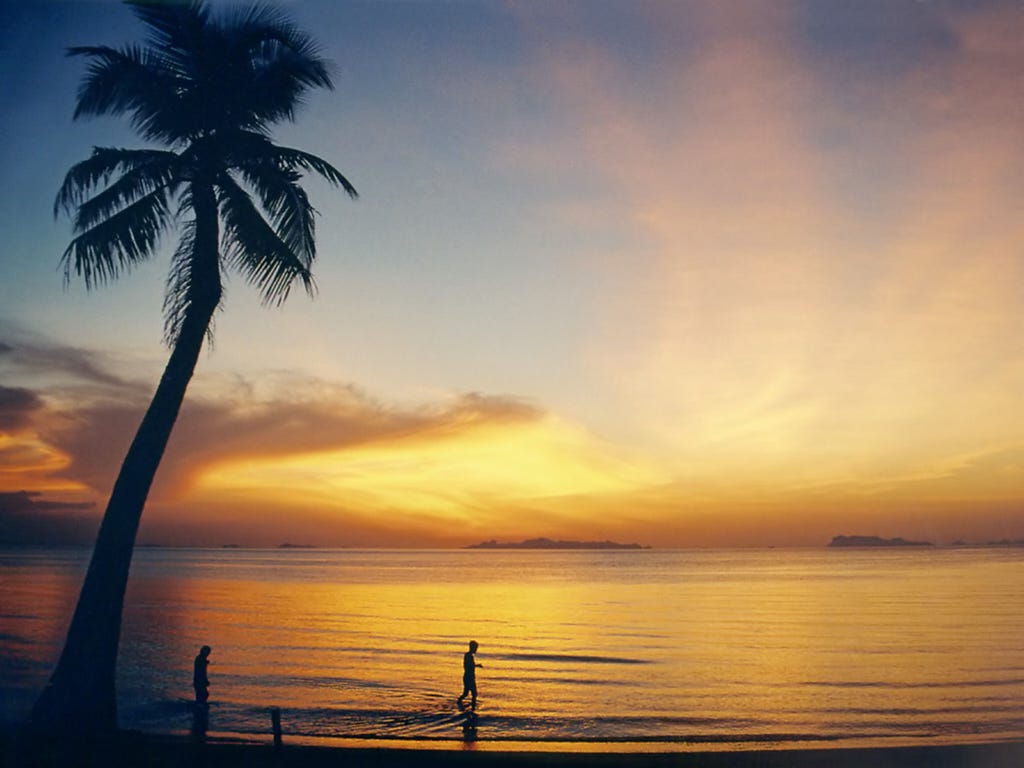Is Bangkok Airways the world's greatest party airline?
The Thai carrier almost seems built to make sure people have a good time
For the hungry revenue manager at Qatar Airways Tower one of the best options was ordering in from Thai Smile. Your favourite airline revenue economist particularly enjoyed the chicken pad king, a fragrant mix of ginger, mushrooms and onions as well as the meat.
Thai Smile was a well-named restaurant. Thailand is known as the land of smiles, apparently t…



